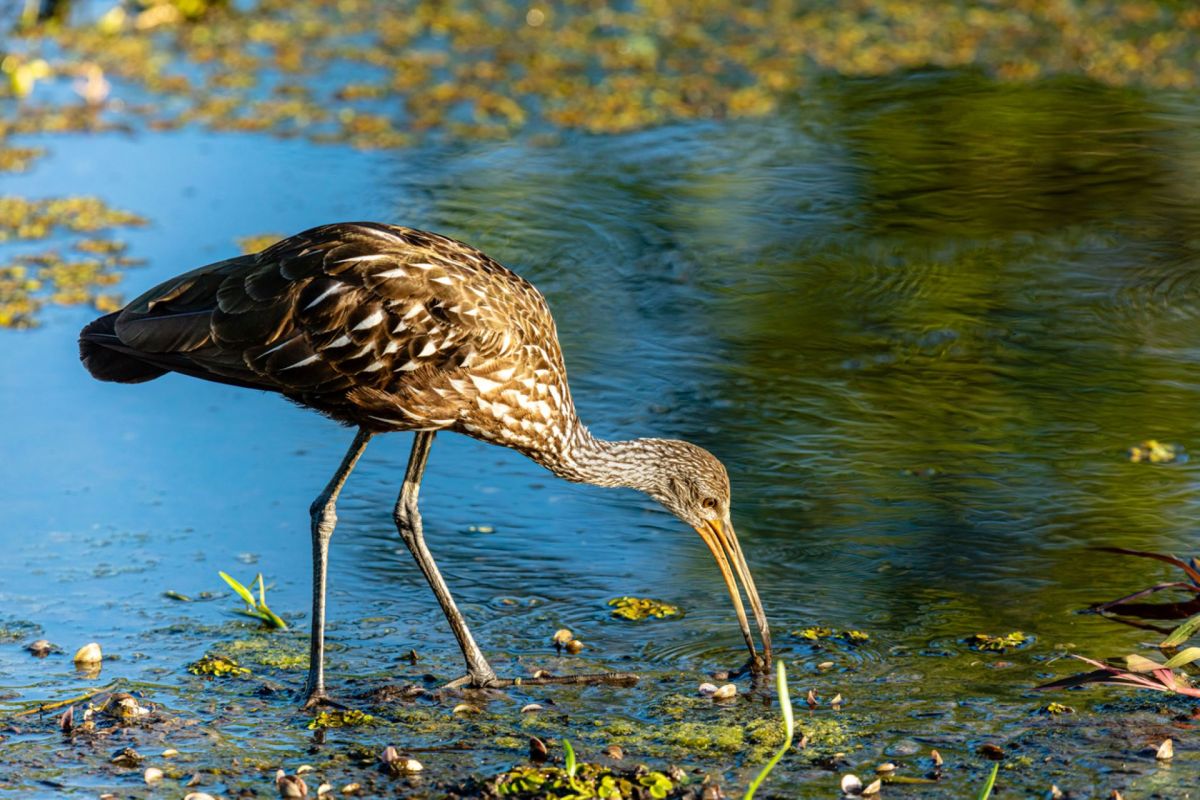Limpkins have inundated Illinois this year, and this expansion of their range has concerned ecologists and birders.
The move has been linked to the explosion of nonnative snail species in the United States, the Chicago Tribune reported in October. The tropical wetland birds feast on apple snails and other mollusks and are native to South America, Central America, Mexico, the Caribbean, and Florida.
The Tribune reported the limpkin was first spotted in Illinois in 2019. It has also been seen in North Carolina, South Carolina, Georgia, Alabama, Mississippi, and Louisiana.
Limpkins were almost extinct in Florida by 1900, but the introduction of invasive snails helped them rebound and expand their territory, according to the Tribune, which noted the animals have also reached Missouri, Iowa, Wisconsin, Minnesota, Michigan, Ohio, and Indiana. A lone bird had people abuzz in Pennsylvania as well.
"They have to move and find better habitat for feeding," Illinois Natural History Survey avian ecologist Mike Ward told the Tribune. "But I don't think that is explaining the overall increased population of this species."
Ward said food supply and the limpkin's increasing population may have pushed it to fly north for sustenance. Other birds do the same, flying back south for the winter. But since these creatures are non-migratory, they may not make it back. One Ohio limpkin died several years ago during the cold winter months, according to the Tribune.
"Biologists still don't understand the mechanics of this invasion," said Geoff Williamson, recording secretary of the Illinois Ornithological Records Committee.
Other species native to the Southeast are expanding their territories as well. The nine-banded armadillo has moved into North Carolina and the Midwest as temperatures rise around the world.
These migrations will increase the risk that diseases are passed to humans — and perhaps spark the next pandemic, the CBC reported, citing other critters that have shifted their ranges: ticks. Populations in Ontario have surged, leading to a spike in cases of Lyme disease.
Another potential problem is the spread of diseases between species, which could threaten biodiversity. Faunalytics noted that experts will have to increase surveillance and governments will need to improve public health services to prepare for these eventualities.
Join our free newsletter for cool news and cool tips that make it easy to help yourself while helping the planet.









